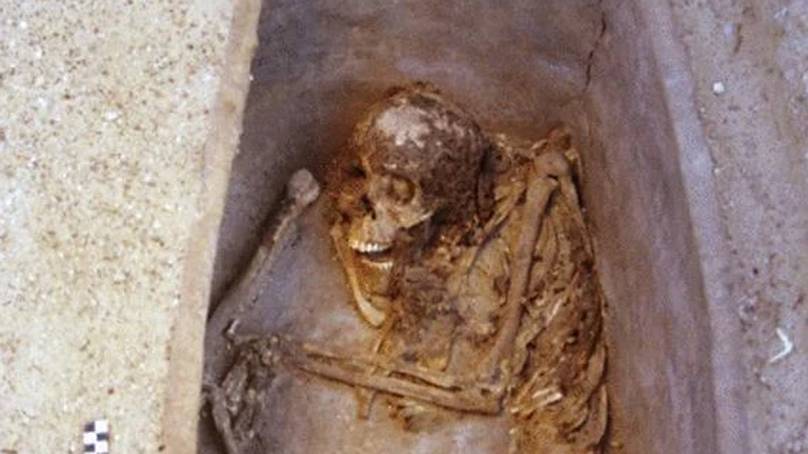“Unmasking the Mysteries: 16 Astonishing Origins of Halloween You Never Knew About!”
9. Spiders Weave a Web of Intrigue


Spiders, with their intricate webs and venomous bites, have both captivated and frightened humans for centuries. In some cultures, they were seen as creators or weavers of fate, their webs symbolizing the interconnectedness of life and the delicate balance between creation and destruction.
In other cultures, spiders were associated with darkness, danger, and even death. This duality, combined with their ability to appear seemingly out of nowhere, has made spiders a common motif in Halloween decorations and stories, adding a touch of creepy crawly fun to the festivities.
10. Owls and Halloween


Owls, with their nocturnal habits, haunting calls, and large, staring eyes, have long been associated with mystery and the supernatural. Their ability to see in the dark and their silent flight have added to their mystique.
In many cultures, owls were seen as omens of death or messengers from the spirit world. This association, along with their distinctive calls that echo through the night, has solidified their place in Halloween lore, adding an extra layer of spookiness to the holiday.
11. Candy Apples


Candy apples, a sticky-sweet treat synonymous with Halloween, have a surprisingly practical origin. In the early 1900s, candy makers dipped apples in red candy coating to make them more appealing and extend their shelf life.
This clever marketing tactic transformed a simple fruit into a festive treat, perfect for the autumn season and Halloween celebrations. The vibrant red color and glossy finish of candy apples added a visual appeal that captured the imagination of both children and adults, solidifying their place in Halloween tradition.













